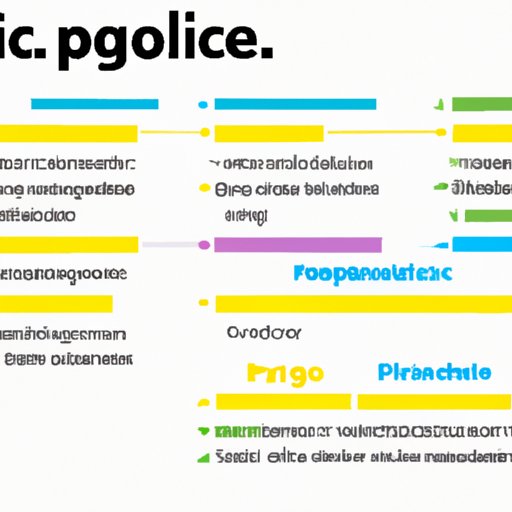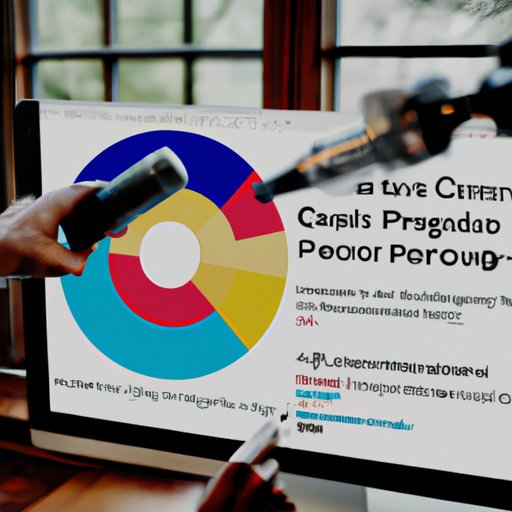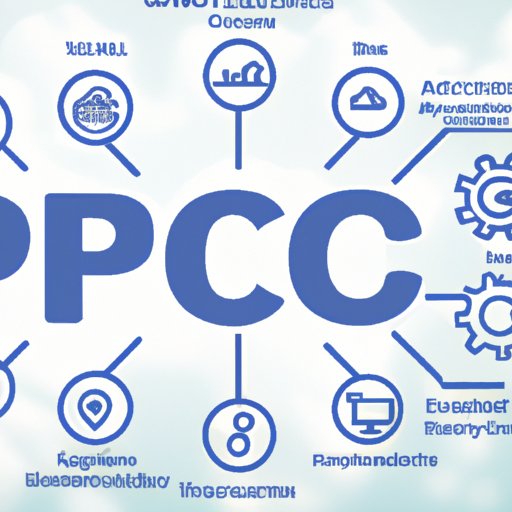Introduction
Proof of concept (POC), also known as proof of principle, is a demonstration or prototype used to prove a concept or validate an idea. It is used by businesses and organizations to assess the feasibility of a project before investing significant resources into it. In today’s digitally-driven world, POC has become an invaluable tool for evaluating the potential of new technologies and determining whether they are worth pursuing.
POC in technology is a process that involves testing and validating a specific technology solution to determine if it meets the needs and requirements of an organization. It can involve anything from developing and setting up a prototype system to running simulations and performance tests. By taking the time to thoroughly evaluate a technology solution before committing to it, organizations can make more informed decisions and avoid costly mistakes.
In this article, we will explore what is a POC in technology, including its various types, applications, and how it can be implemented in your organization. We will also look at the impact of POC in technology and the latest trends in this field.

Explaining What is a POC in Technology: A Comprehensive Guide
Before moving on to discuss the implementation and impact of POC in technology, it is important to understand the different types of POC technologies and their various applications.
Understanding the Different Types of POC Technologies
The type of POC technology used depends on the scope of the project and the objectives of the organization. Generally speaking, there are three main types of POC technologies:
- Prototype: A prototype is a working model of a technology solution that can be used to demonstrate its functionality and capabilities. It is often used to test out a concept or refine certain features before making it available to customers.
- Simulation: Simulations are used to replicate real-world scenarios and conditions to help organizations better understand how a technology solution might perform in the real world.
- Performance Test: Performance tests are used to measure the speed, reliability, scalability, and other metrics of a technology solution. This helps organizations identify any areas where the solution may need improvement.
The Various Applications of POC in Technology
POC in technology has a wide range of applications, ranging from small projects to large-scale initiatives. Here are some of the most common uses of POC in technology:
- Software Development: POC is often used in software development to test out new ideas and features before releasing them to the public. This helps ensure that the end product is robust and ready for use.
- Hardware Design: POC is also used in hardware design to test out new components and features before manufacturing them. This helps manufacturers identify any potential problems before they become a reality.
- Data Analysis: POC is used in data analysis to verify hypotheses and uncover new insights. This helps organizations better understand their data and make more informed decisions.

How to Implement POC in Your Organization
Once you have identified the technology solution you want to evaluate, the next step is to develop a plan of action for implementing POC in your organization. Here are some steps you should take when implementing POC in your organization:
Establishing Goals and Objectives
The first step in implementing POC in your organization is to establish clear goals and objectives. This will help ensure that the POC process is focused and effective. Consider what you want to achieve by conducting the POC and how it will benefit your organization.
Developing a Plan of Action
Once you have established your goals and objectives, the next step is to develop a plan of action for implementing POC in your organization. This should include a timeline for completing the POC, a list of resources needed, and clear expectations for everyone involved.
Identifying and Creating Necessary Resources
Once you have developed a plan of action, the next step is to identify and create the necessary resources for conducting the POC. This may include hardware and software, personnel, and other materials. Be sure to consider all of the resources you will need to successfully complete the POC.
Testing and Implementing the POC
Once all of the necessary resources have been gathered, the next step is to begin testing and implementing the POC. This may involve running simulations, conducting performance tests, and creating prototypes. Be sure to document all results and feedback throughout the process.

Understanding the Impact of POC in Technology
POC in technology can have a profound impact on an organization. Here are some of the most notable benefits of using POC in your organization:
Enhancing Efficiency and Productivity
By taking the time to thoroughly evaluate a technology solution before investing in it, organizations can save time and money by avoiding costly mistakes. This helps enhance efficiency and productivity by allowing organizations to focus their efforts on solutions that are proven to work.
Increasing Employee Satisfaction
Using POC in technology can also help increase employee satisfaction by giving them the opportunity to work with cutting-edge technologies and gain valuable experience. This can help ensure that employees stay engaged and motivated.
Improving Data Security
Finally, POC in technology can help improve data security by ensuring that any new technology solutions are properly tested and secure. This helps protect organizations from potential threats and data breaches.
A Look at the Latest Trends in POC Technology
POC technology is constantly evolving, and there are several emerging trends that organizations should be aware of. Here are some of the most notable trends in POC technology:
Automation and AI in POC Technology
One of the most exciting trends in POC technology is the increasing use of automation and AI. By leveraging these technologies, organizations can automate tedious tasks and reduce human error. This can help streamline the POC process and reduce costs.
Integrating IoT with POC Technology
Another trend that is gaining traction is the integration of IoT with POC technology. This allows organizations to leverage the power of connected devices to collect and analyze data more efficiently. This can provide organizations with more insight into how their technology solutions are performing.
Leveraging Cloud Computing for POC
Finally, many organizations are leveraging cloud computing for POC. This allows organizations to access powerful computing resources without needing to invest in expensive hardware. This can significantly reduce costs and enable organizations to quickly test and deploy new technology solutions.
Conclusion
In conclusion, POC in technology is a valuable tool for organizations to evaluate the potential of new technologies and determine whether they are worth pursuing. It can involve anything from developing and setting up a prototype system to running simulations and performance tests. By taking the time to thoroughly evaluate a technology solution before investing in it, organizations can save time and money while enhancing efficiency and productivity. Additionally, understanding the latest trends in POC technology can help organizations stay ahead of the curve and ensure they are leveraging the best technologies available.
(Note: Is this article not meeting your expectations? Do you have knowledge or insights to share? Unlock new opportunities and expand your reach by joining our authors team. Click Registration to join us and share your expertise with our readers.)
